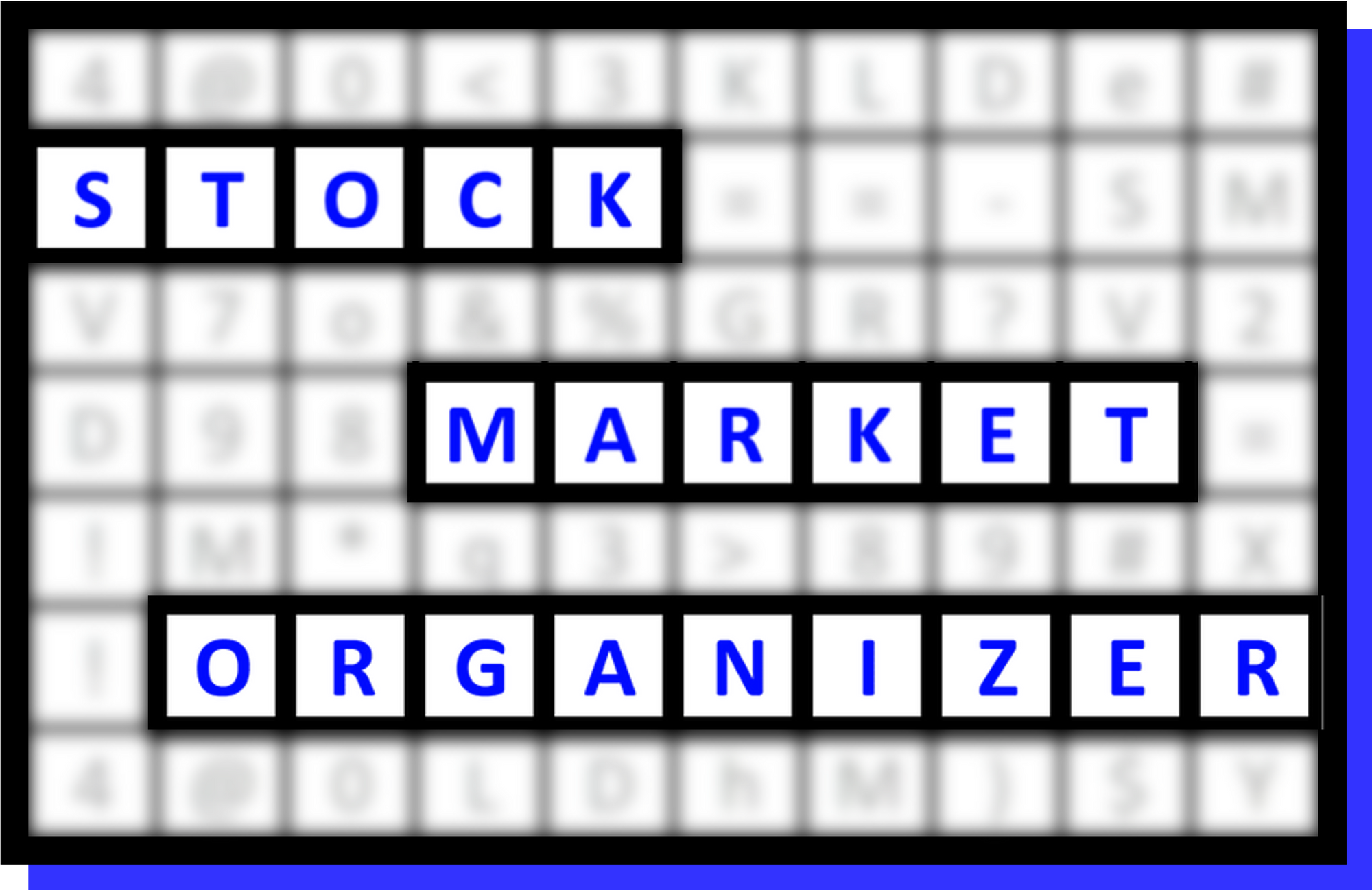Primer: Rough Order of Magnitude in the Stock Market (it doesn’t have to be so complicated)

(One of periodic short explanatory posts to touch on key Stock Market Organizer topics and hashtags.)
#itdoesnthavetobesocomplicated
"Rough order of magnitude" is a concept I deploy as a mortgage broker. It refers to what I'm looking for from a lender from whom I'm seeking an early "soft" quote for a potential borrower before the lender has done any due diligence. I'll ask for rough order of magnitude terms for a refinance of an urban retail center and the lender will say something like "ballpark, __-year term at __% to __% fixed rate with a __% LTV."
At this stage, the lender has no meaningful detail on the borrower's true strength, asset physical condition, tenancy, or other key details that will determine their actual interest in the loan request and at what specific terms. But, based broadly on how attractive that lender views that product type in that location, the loan officer can give me the rough order of magnitude terms I can expect from that lender.
Armed with rough order of magnitude soft quotes, I can inform my borrower of generally where the "market" is at for their request and we can proceed accordingly. Specific details can be worked out at a more advanced stage, but knowing at a minimum the rate and LTV range guides us where to focus our time.
It also tells us where not to waste time. We won't bother asking for more detail from an outlier lender charging 200 basis points higher rate at 10 points lower LTV. Yet, by looking at a representative sample of the market, we can understand what are outlier and non-outlier terms and proceed accordingly. Knowing what are outlier terms is valuable.
Same goes for the stock market.
One doesn't need to know every little last detail to know how best to proceed in the market. If you have a logical, objective, reliable, repeatable, and truthful handle on the market's rough order of magnitude, you have a huge chunk of the meaningful information you'll need to profit.
(This post describes what I am looking for.)
Further, some feel you have to know every last detail before knowing if and how to proceed. I do not subscribe to this.
The 20% rough order of magnitude gives me the 80% of the information I need to objectively act appropriately.
Basic summary - critical to my method:
1. I know what rough order of magnitude information I'm looking for, and
2. I don't need excruciating detail to determine what next to do.
Which leads to another SMO Primer topic for another post:
#meaningnotmining
Preview of that topic: instead of using precise fundamental analysis calculations (P/E, Debt/Equity, ROIC) and specific settings on indicators (MACD 26/12/9, Bollinger Bands 2/20), I put into practice Rough Order of Magnitude with a 9-level strength scale that segregates the market into actionable and ignorable industry, sub-industry, and stock strength levels. This strength scale has no adjustable settings, and no opinions or interpretations. Though I easily could have made it a scale with 100 classifications, I purposely limited it to 9 levels to avoid distracting false precision.
Instead of, essentially, mining infinite possible combinations of ratios and settings for individual stocks, the market, and the factors impacting both in an effort to find meaningful and actionable combinations, I'm focusing on 9 strength levels that effectively boil down these potential inputs into practical meaning I can understand and use to my advantage.
Meaning, not mining.
More in a coming post.
